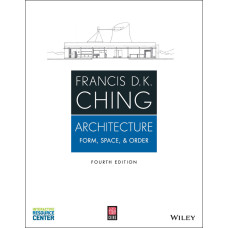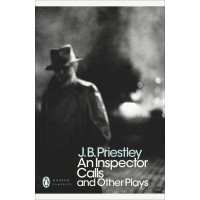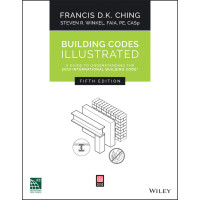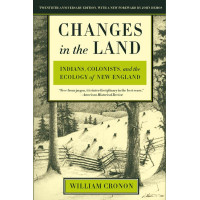

Mon - Fri: 8:00 - 18:00
The Interactive Resource Center is an online learning environment where instructors and students can access the tools they need to make efficient use of their time, while reinforcing and assessing their understanding of key concepts for successful understanding of the course. An access card with redemption code for the online Interactive Resource Center is included with all new, print copies or can be purchased separately. (***If you rent or purchase a used book with an access code, the access code may have been redeemed previously and you may have to purchase a new access code -ISBN: 9781118986837).
The online Interactive Resource Center contains resources tied to the book, such as:
- Interactive Animations highlighting key concepts
- Photo Gallery of architectural precedents illustrated in the book
- Flashcards for focused learning
Architecture: Form, Space, and Order, Fourth Edition is the classic introduction to the basic vocabulary of architectural design, updated with new information on emerging trends and recent developments. This bestselling visual reference helps both students and professionals understand the vocabulary of architectural design by examining how space and form are ordered in the environment.
Essential and timeless, the fundamental elements of space and form still present a challenge to those who crave a deeper understanding. Taking a critical look at the evolution of spaces, Architecture distills complex concepts of design into a clear focus that inspires, bringing difficult abstractions to life. The book is illustrated throughout to demonstrate the concepts presented, and show the relationships between fundamental elements of architecture through the ages and across cultures. Topics include:
- Primary elements and the principles of space design
- Form and space, including light, view, openings, and enclosures
- Organization of space, and the elements and relationships of circulation
- Proportion and scale, including proportioning systems and anthropometry



















-200x200.jpg)

